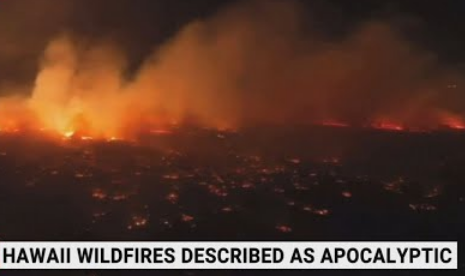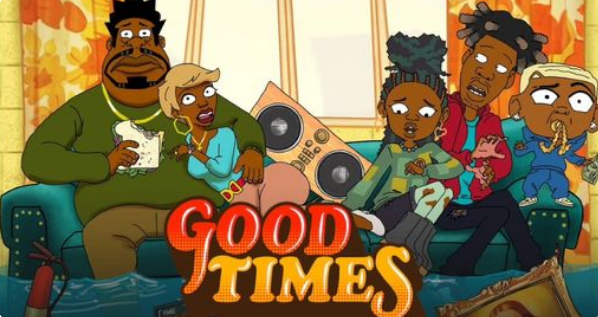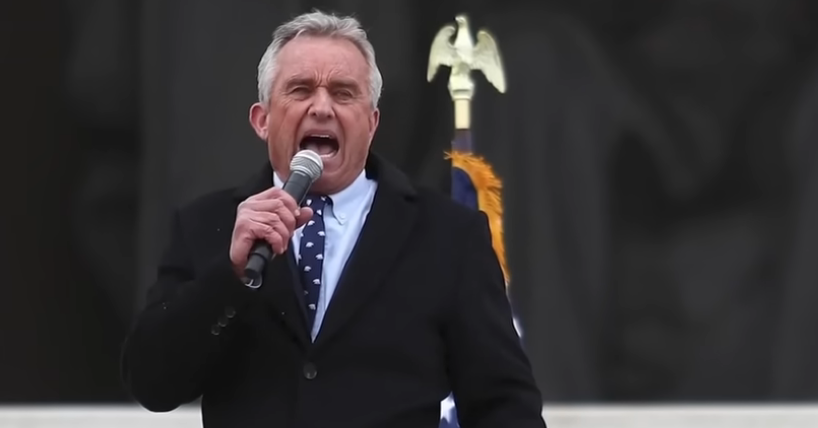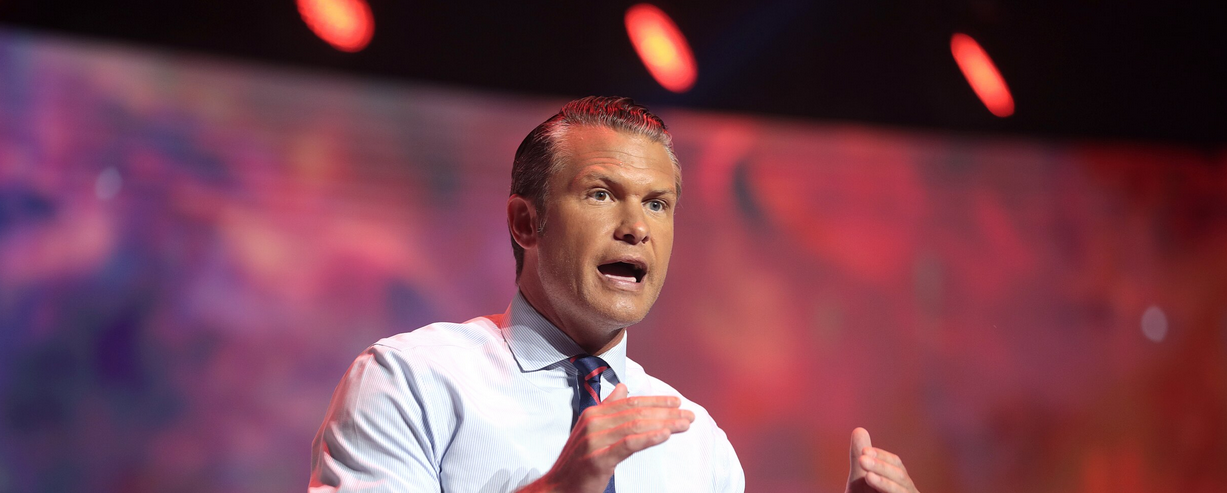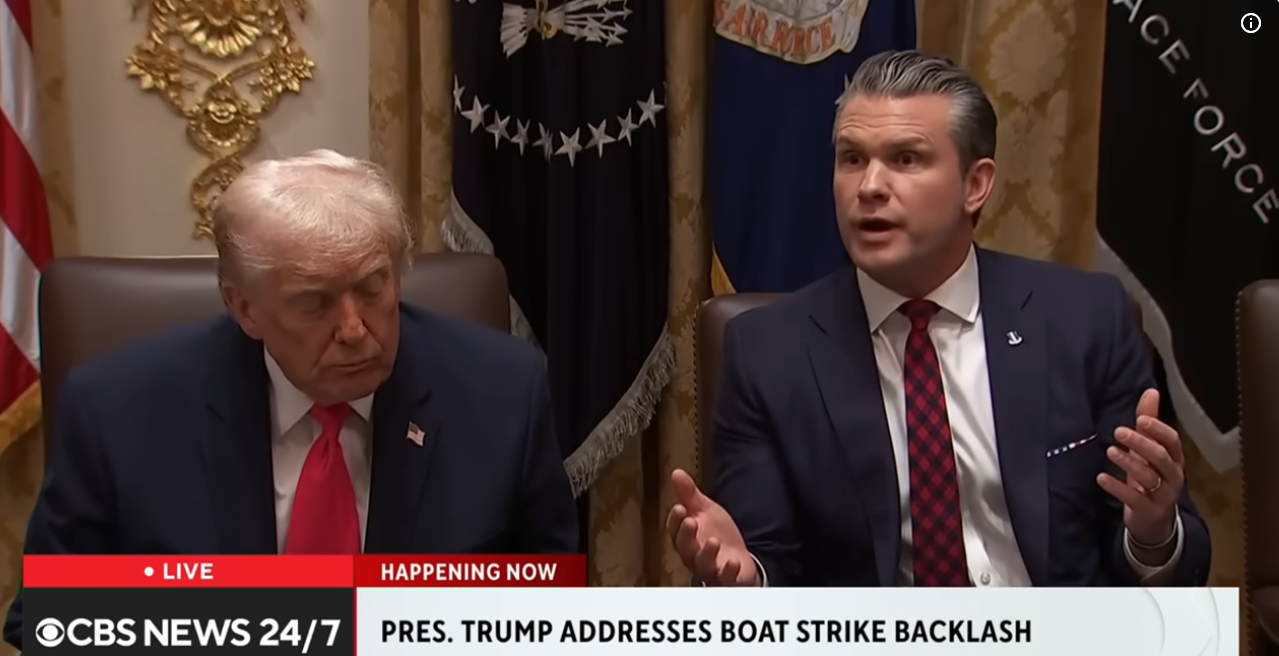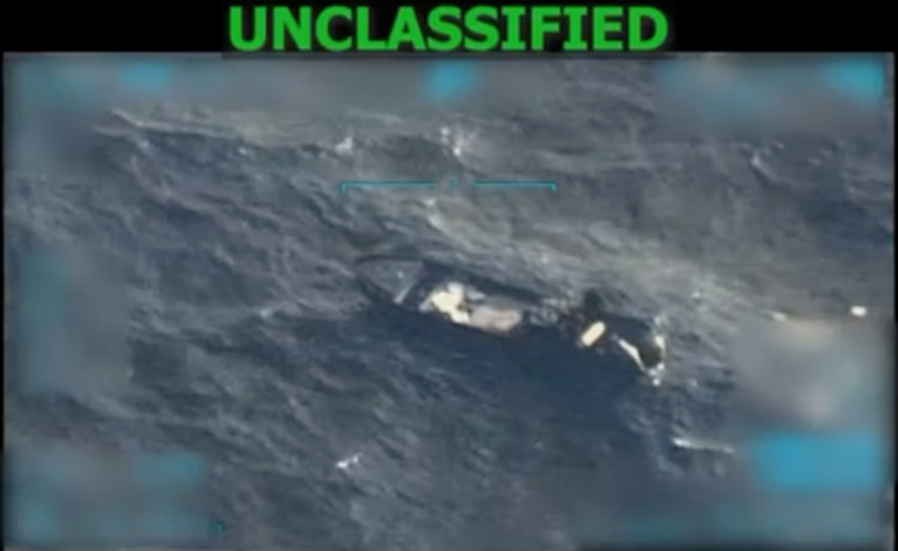Photos: YouTube Screenshots
The tragic wildfires in Hawai’i have claimed the lives of at least 55 individuals, leaving thousands displaced and causing the heartbreaking destruction of homes, businesses, and centuries of Hawaiian heritage in the historic town of Lahaina. Six fires continue to burn across Maui and the Big Island, and many are speculating these are amongst the deadliest wildfires the United States has seen in the 21st– second only to the California wildfires of 2018 where 100 lives were lost. With the aftermath still unfolding and Hawai’i’s Governor Josh Green dubbing it possibly the largest natural disaster in the state’s history, one question persists: What led to this tragedy?
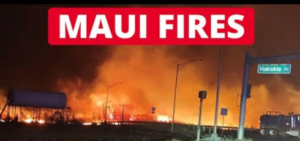
According to the National Parks Services, nearly 85% of wildfires in the United States are caused by humans, whereas the other 15% are caused naturally. Although the cause is still unknown, speculations of high winds from Hurricane Dora 100 miles south of Hawai’i coupled with dry, invasive grass species and a low pressure system to the west in Japan are to blame.
Wildfires used to be pretty rare in Hawaii, mainly popping up due to volcanic eruptions or lightning. But, when European colonizers arrived on the islands in the 18th century to grow sugarcane and pineapple, they inadvertently introduced invasive grass species with a knack for rapid growth. These grasses now cover more than 26% of the state and are known to be one of the biggest contributors to the once infrequent phenomenon. Coupled with the convergence of wildland-urban interfaces, and exacerbated by low humidity levels, these elements collectively create the optimal conditions for the emergence of Hawaiian wildfires.
Nowadays, wildfires are way more common and intense. With an average of 17,000 acres — or 0.4 percent of Hawaiʻi — burning annually, Hawai’i is no longer a stranger to wildfires. The 2019 Central Maui fire, for instance, driven by dry vegetation and extreme heat, became Maui’s largest recorded fire in history, burning more than 25,000 acres of land.
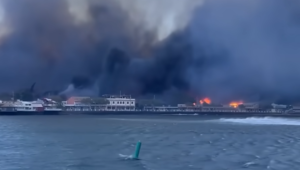
These catastrophes, alongside the increasing frequency and severity of wildfires across the Pacific, underscore the profound impact of global heating trends on fire behavior. Dr. Clay Trauernicht, a wildfire extension specialist with the University of Hawaiʻi and project leader of the Pacific Fire Exchange, believes rising temperatures and prolonged droughts fueled by climate change have disrupted Hawaiian ecosystems, making them more vulnerable to wildfires.
And, with humanity’s arrival into the ‘era of global boiling’, it is naive to think of these so-called ‘natural factors’ as genuinely unaffected by human influence. Recognizing our role in shaping these evolving circumstances is pivotal to nurturing a shared commitment to environmental guardianship and propelling viable solutions to tackle the mounting hazards posed by the climate crisis.
A reminder of the wise words once said by Albert Einstein: “The definition of insanity is doing the same thing over and over and expecting different results.” If we just keep watching as our governments and big corporations continue burning fossil fuels, producing hundreds of millions of tons of plastics annually, and clearing out our precious trees, we can’t act surprised when our only home continues to go up in flames.
It’s time to act before it’s too late.

